Description
Members of Each Other: John and Connie have done it again. This book is stories about working with people with developmental disabilities. But it is the same message for all of us. This book exposes the dangers of power, of isolation, of helplessness. It also challenges and gives hope for communities to take back control from the ‘professionals’, to themselves. It has tried and true tools to help to build the future. This is a ‘must read’ for any one working in this field. It’s also a great read for anyone who wants to be a fuller human.
BOOK REVIEW
This publication opens with a quote from Wendell Berry (1985), spoken by one of his characters, Burley Coulter:
The way we are, we are members of each other. All of us. Everything. The difference ain’t in who is a member and who is not, but in who knows it and who don’t. (p. 13 6)
Thus begins this publication that contains essays from the recent works of the authors. This is the third publication I have read in the past year that contains a values-based foundation for providing supports for individuals with disabilities for the generation ahead. This publication, along with those of Schwartz (1992) and Lovett (1996), contain the critical dimensions of person-centered planning and self-directed supports.
Shaffer and Anundsen (1993) cited David Spangler’s (co-leader of Scotland’s Findhorn community) definition of the role of focalizer: “This new style leader, like a lens, gathers together the elements and enables synthesis to take place through the focusing of these elements into a unity” (p. 274). O’Brien and O’Brien (1996) are the pioneers of this role in the area of listening to people with disabilities tell their stories and help the rest of us make sense of their journey and where they would like to be heading next.
This role of focalizer reminds me of two photographs I viewed in a local newspaper about 3 years ago. One showed a distant view of a section of the universe when the Hubble telescope was not working properly. The second showed the same section of the universe after the mirrors of the telescope were adjusted, with much more clearly defined objects. The particular section of the universe under review had the same set of entities, but now we were able to see them better because the telescope brought them into clearer focus. This analogy holds true for the lives of the individuals whose rights and capacities are highlighted in this publication. The way in which we choose to focus on an individual’s profile brings out more of who the person is through the unfolding of competencies instead of highlighting that individual’s more disabling features.
O’Brien and O’Brien’s summary of the information contributed by several participants at brainstorming sessions provides an excellent synthesis of the many content areas covered. The ability to be heard is of special significance for participants with disabilities. O’Brien and O’Brien often present the dreams and capacities of these participants in large diagram-like features for all to follow. These authors also identify the method through which they gather information:
Our method for learning is simple: We locate people with developmental disabilities who have been involved in an important change, ask involved people to tell us their stories of how the change happened, invite their reflections on what was most important in making the change, look for common images and themes across stories of change, re-read the stories through different theoretical tenses, mid finally, re-tell the story and ask the original story tellers to correct or extend our account of the changes they have made. (p. 76)
This technique can also be found in O’Brien and O’Brien (1992). Our profession needs more influx of books of stories about how individuals are being supported to achieve their outcomes and about what worked and what led to Setbacks. When we analyze the situational contexts among Supports that helped people, we can better understand our role in the lives of individuals with whom we interact.
One area I found especially interesting is a section in which the authors discuss the various commitments needed to sustain membership in Communities by individuals who have the potential to be marginalized or abused by the system. The O’Briens describe these commitments as people who fill roles of allies, anchors, associations, assistance, agendas. This area is of particular benefit because much emphasis in support systems seems to be placed on how much a person is taught or what new skills a person can learn to become more independent in his or her community. These authors caution that it may not be as much the what a person learns to do or experience as much as the people and their roles who enter their life. This theme can also be found in O’Brien (1994).
There is a frank discussion about support circles and the need to balance the seemingly contradictory forces at work in many circles of support. John O’Brien, in his talks in this area, has described the process as the unfolding of capacities, and the phrase “two sides of the same cloth” helps to relate the connections between these seemingly opposite characteristics. The authors explore some of the paradoxes, including asking-listening, inviting-following, reaching out-gathering, impatience-endurance, and structuring-uncertainty.
The authors address a caution that is raised by another writer who listens well. Kozol (1995) makes an observation about recording someone else’s words in an interview format:
One of the things that’s often worried me about the interviews I’ve had with children and adults in the course of writing books over the years is that they do not tend to reflect the shifting moods and changing points of view of people I have talked with. They end up, inevitably, as “onetime snapshots..” Most journalistic interviews are like that. I have often thought there was a certain arrogance about the act of “freezing” people in this manner. “I came on a Tuesday. This is what she said, so this must by what she believes.” I often find on Friday she does not believe exactly what I thought I heard on Tuesday; people also simply change their minds, as I find that Mrs. Washington does frequently. (p. 246)
As mentioned previously, one of the benchmarks of O’Brien and O’Brien’s listening process is providing the initiators of the words with a summary of what was heard and asking them to verify the continued authenticity. Have you changed your mind? Did I capture your thoughts and feelings correctly? Do you still think this way?
The collection of writings in this book reminds me of McKnight’s (1995) series of essays designed to be read under one cover. This style is appealing because many readers would not have taken the opportunity to read subtle changes in perspective over several years of community building. This is just the impression I obtained by juxtaposing the essays by O’Brien and O’Brien. I have heard both O’Briens present their work at conferences and seminars. However, this book provides the opportunity to view their work within the context of adjoining material.
One of the themes I extrapolated from this publication relates to an article I recently read entitled the “Contexts of Diversity, the Diversity of Context” (Trickett, 1996). In this article the author proposed that the manner in which research is conducted for publication in scholarly journals differs from the way research is typically conducted in everyday practices. The contexts in which Studies are completed tend not to exist in typical community settings. The authors help bridge this gulf between research and practice by the investigative style adopted to better understand the ecological context in which information is gathered. As Szymanski and Hanley-Maxwell (1996) emphasized, this method of analysis is demanded in the ever-changing flux of contextual cues in which individuals live.
I am currently reading a wonderful book in which Duncan (1996) introduced a concept I think can be related to the O’Brien and O’Brien publication. He described a phenomena called “river teeth,” which are the scattering of the knots from fallen tress long since decomposed that lie across the width of many rivers. These hardened, knotty parts of the tree do not dissolve; instead, they create ripples in which the river receives new oxygen and divert the flow of the river along new Currents. Duncan’s book includes the “river teeth” of his life: stories stuck in his memory, stories that once belonged to other activities long since forgotten. O’Brien and O’Brien capture the significant “river teeth” in people’s lives, individuals whose pasts have been fraught with negative satires, stereotypic half-truths, and in misconceptions. It takes a circle of support to tabulate and record a focus person’s river teeth stories. The authors provide the structure in which these stories can be heard, namely, through citizen advocacy, circles of support, and community building efforts.
In closing, it is interesting to consider how events interweave to form a new perspective. At the time I was writing this review, I went to see Ladysmith Black Mambazo perform. Many readers will recognize this group of South African singers/dancers from Paul Simon’s Graceland album. Their work encompasses the folk traditions of the Zulus, the remembrances of traditions in their homeland, and the new political climate in South Africa. I found a strong connection in the wisdom of Joseph Shambalala, leader of Ladysmith Black Mambazo, and the theme of this book: When we recognize the similarities among us all, our uniqueness will be celebrated as gifts to be enjoyed, by all.
Ernest Pancsofar
Pancsofar Consulting (Columbia, CT)
References
Duncan, D. J. (1996). River teeth. New York: Bantam Books.
Kozol, J. (1995). Amazing grace: The lives of children and the conscience of a nation. New York: Crown.
Lovett, H. (1996). Learning to listen: Positive approaches and people with difficult behavior. Baltimore: Brookes.
McKnight, J. (1995). The careless society: Community and its counterfeits. New York: Basic Books.
O’Brien, J. (1994). Down stairs that are not our own: Supporting people with developmental disabilities in their own homes. Mental Retardation, 32, 1-6.
O’Brien, J., & O’Brien, C. L. (Eds.). (1992). Remembering the soul of our work. Madison, WI: Options in Community Living.
Schwartz, D. (1992). Crossing the river: Creating a conceptual revolution in community and disability. Boston: Brookline.
Shaffer, C. R., & Anundsen, K. (1993). Creating community anywhere: Finding support and connection in a fragmented world. New York: Putnam.
Szymanski, E. M., & Hanley-Maxwell, C. J. (1996). Career development of people with developmental disabilities: An ecological model. Journal of Rehabilitation. 62, 48-55.
Trickett, E. J. (1996). A future for community psychology: The contexts of diversity and the diversity of contexts. American Journal of Community Psychology, 24, 209-234.
318-320 Mental Retardation, August 1997
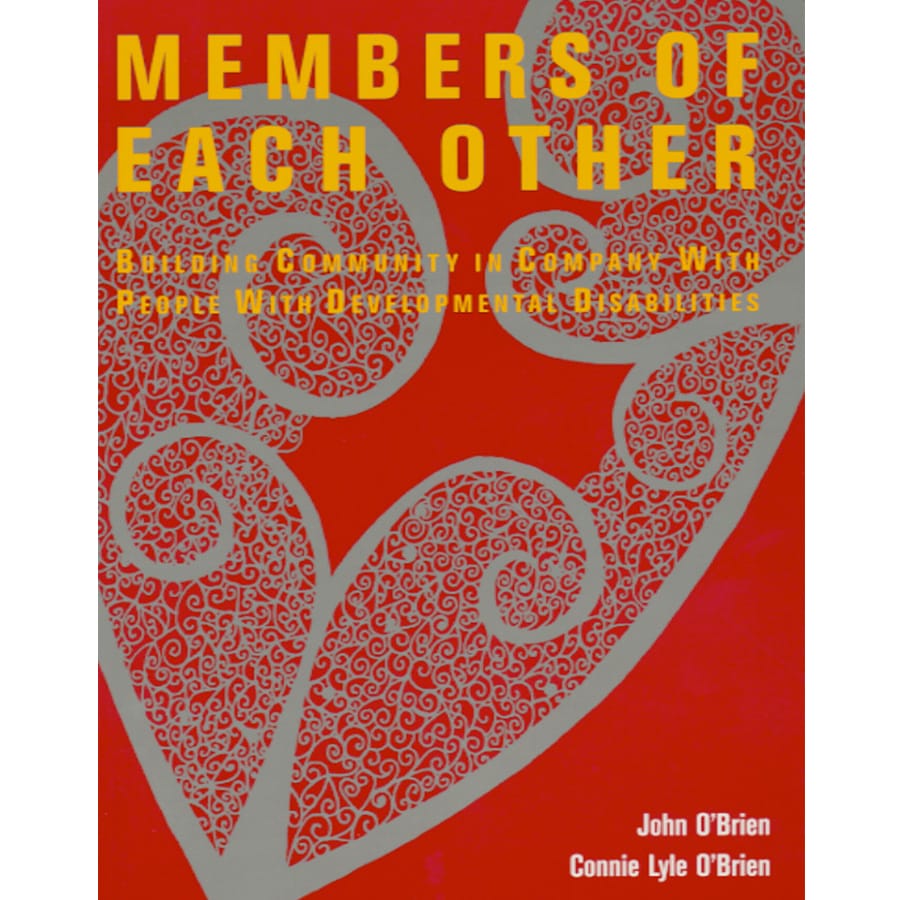
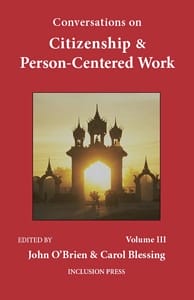
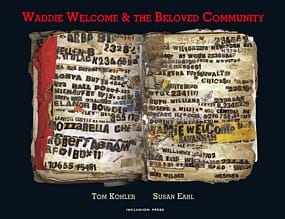
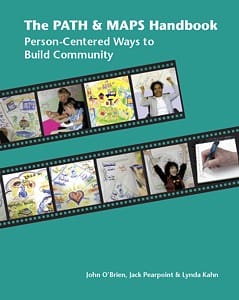
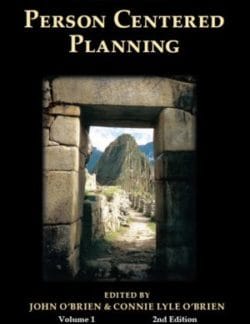

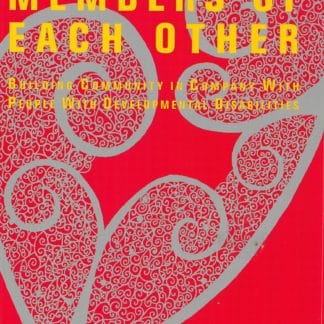

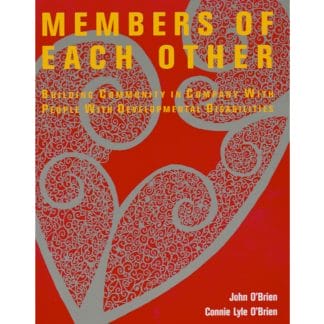
Reviews
There are no reviews yet.